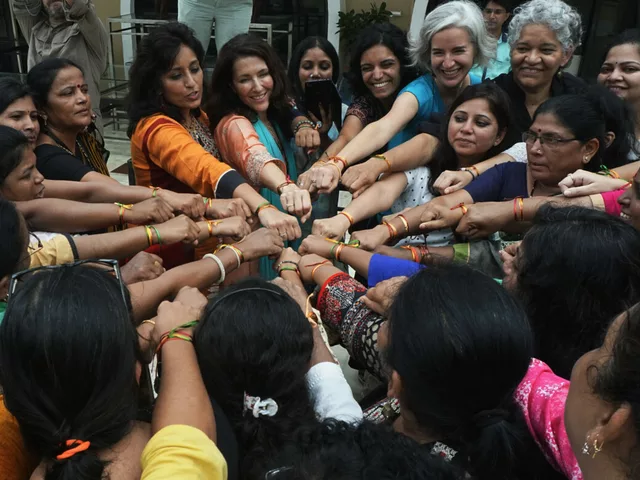Work Experience: How to Build, Show Off, and Use It
Ever wonder why some résumés get instant callbacks while others get ignored? The difference often comes down to how well you present your work experience. Whether you’re just starting out or shifting careers, the right experience can open doors in the jewellery market or any industry.
First, understand that work experience isn’t just a list of past jobs. It’s a story about the skills you’ve honed, the results you’ve delivered, and the value you can bring to a new role. Employers look for concrete examples: a sales boost, a design project that won a client, or a cost‑saving process you introduced.
Why Work Experience Matters
Experience proves you can do the job. It reduces the hiring risk and tells recruiters you already know the basics, so they can focus on what makes you unique. In the Indian jewellery sector, for example, a candidate who has handled custom orders or managed inventory for a boutique will instantly rank higher than someone with only theoretical knowledge.
Beyond hiring, experience shapes your confidence. When you’ve solved real problems, you can speak with authority in interviews, network events, and client meetings. That confidence often translates into better negotiations, higher sales, and faster career growth.
Practical Ways to Gain and Highlight Experience
1. Start Small, Think Big – Take on internships, part‑time roles, or freelance projects. Even a few weeks managing a social‑media campaign for a local jeweller adds credibility.
2. Volunteer for Impactful Tasks – Offer to handle inventory audits, event setups, or customer service spikes. These tasks showcase responsibility and initiative.
3. Document Results – Keep a simple log: “Increased foot traffic by 15% during a weekend sale” or “Led a team of 4 to redesign a gold collection, cutting production time by 10%.” Numbers make your experience tangible.
4. Translate Transferable Skills – If you’ve worked in hospitality, highlight your client‑service expertise, which is crucial for jewellery sales. If you’ve managed a retail store, stress inventory control and visual merchandising.
5. Update Your Résumé Regularly – Add new projects as soon as they finish. Use action verbs (“led,” “designed,” “implemented”) and focus on outcomes.
6. Showcase on LinkedIn – Write short posts about each project, attach images of designs, or share a short video explaining a process you improved. Social proof reinforces your written résumé.
7. Seek Feedback – After completing a task, ask a supervisor for a brief endorsement. A line like “John consistently delivered high‑quality designs on tight deadlines” adds weight.
8. Network Within the Industry – Attend jewellery trade shows, local craft fairs, or online webinars. Conversations often turn into short‑term collaborations that enrich your portfolio.
When you weave these steps into your career plan, you create a solid foundation of experience that speaks louder than any degree.
Remember, the goal isn’t just to collect job titles; it’s to build a narrative that shows growth, results, and relevance. By presenting clear, quantifiable achievements and tying them to the needs of potential employers, you make your work experience an unbeatable asset.
Ready to turn your past roles into future opportunities? Start logging your successes today, polish your résumé, and let your work experience do the talking.

What is the average salary of an Indian man?
The average salary of an Indian man depends on a variety of factors such as his educational qualifications, work experience, location, and the industry he works in. Generally, the salary levels in India are lower than the global average. According to the 2019-20 All India Survey on Higher Education (AISHE), the median monthly salary of a male graduate was ₹31,732. For post-graduates, the median salary was ₹47,936.





